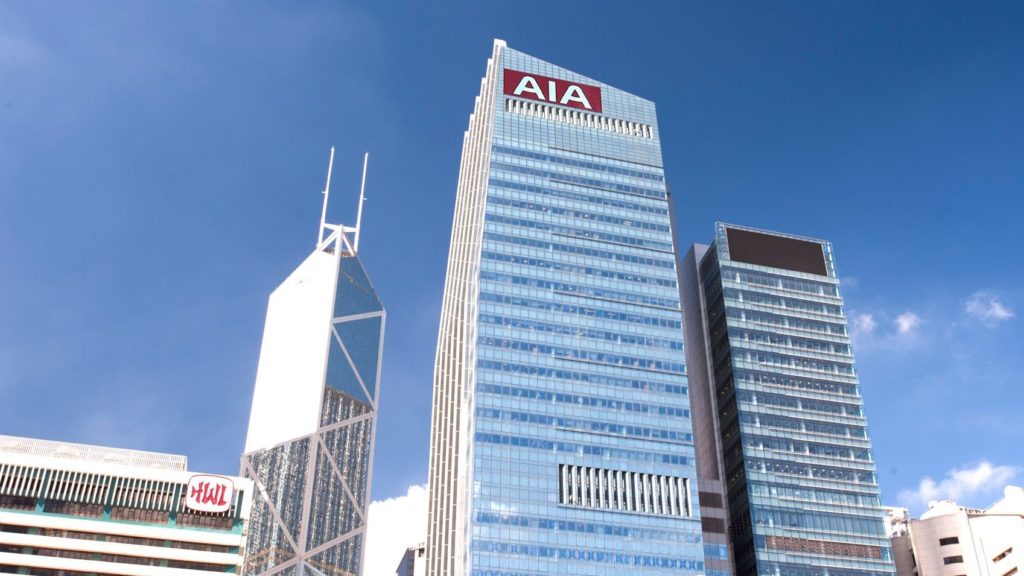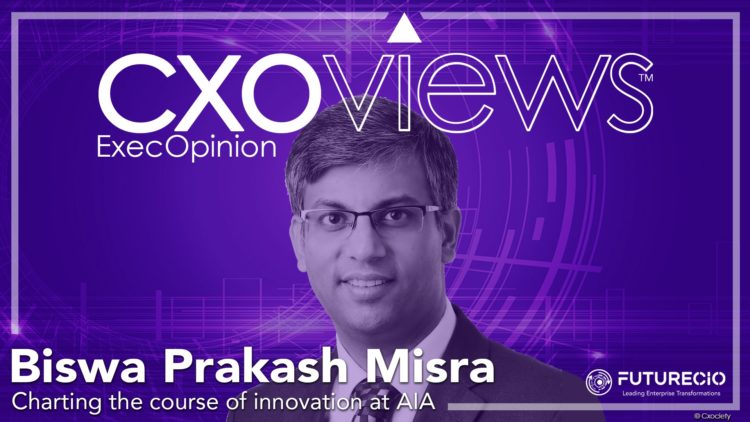The chief technology officer (CTO) is the architect of an organisation’s technology-led engagement strategy.
Andrew Weaver, co-founder and CEO of CTO Academy, says a CTO is a technical leadership role with many variables, business goals, corporate strategy, team members, technical vision, enterprise systems, and related tasks. “Without a doubt, a primary responsibility is delivering a technical strategy that is aligned to wider business goals.”
FutureCIO spoke to Biswa Prakash Misra, group chief technology and life operations officer at AIA, to learn about his experience and journey as CTO for AIA.
What is the primary purpose of a CTO at AIA?

Biswa Prakash Misra: We (AIA) are a life insurance, health, and wellness provider. There are a lot of systems we run for the front (customer-facing systems), middle (book of records – core insurance systems), and back office (finance, human resources, etc,).
On average, an insurance company has 60-100 systems, put together all those three areas. I am responsible for making sure all these systems across our 18 markets are fit-for-purpose, modern, state-of-the-art, digital, and make sure they are working flawlessly to provide the services for our consumers, agents, distributors, employees, and media services.
In a nutshell, I handle everything to do with technology.
How far do the influence and responsibilities of your role extend as a CTO?
Biswa Prakash Misra: I am the Group CTO and Group Chief Life Operations Officer (CLO) of the company – My role entails overseeing technology and life operations for the group. I work on setting the group strategy – where are we headed.

I make sure that we run, and that change happens in all of the 18 markets. In each of the markets, we have a local CTO, and I have a team at the centre to ensure each of the markets are going in the right direction.
Biswa Prakash Misra
As a Group CTO, do you leave it to the country operations to decide how they execute the strategy? How do they benefit from an economy of scale that the group is able to provide?
Biswa Prakash Misra: We set the guardrails. At the Group level, for example, we set the target that AIA Group would get to 90% on cloud adoption by the end of 2023. Each of the markets should aim to reach 90% plus or minus, but at an aggregate level we will get to 90% and each market can use shared services or in-country services they trust.
The Group is a mothership looking after markets and setting their direction and empowering the people to deliver. At a Group level, there is governance, the Centre of Excellence (COE), and shared services – a simple 3-tiered model.
Do you have any issues regarding legacy systems and what is your strategy for going about it?
Biswa Prakash Misra: Every financial services institution has legacy (systems). Our strategy is called End-of-Life (EOL), a proxy for legacy. The TDA (Transformation, Digital and Analytics) programme we set about two years ago had two specific KPIs which are mutually isomorphic, one is to get the cloud to 90% and to keep legacy at less than 5%.
On the cloud, you can’t run legacy and as we pushed this number to 90 per cent, there is a natural reduction on the other side. With legacy (systems) you have to find a way to run exceptions, and the reduction will come in steps.
How do you plan for a technology direction and strategy when technology itself changes rapidly?
Biswa Prakash Misra: Firstly, the planning period itself is reducing now, at AIA we moved to a three-year planning cycle, and we focus on the evolving enterprise technology in place. At AIA (and other companies), technology is always aligned with the business.
We look at our own existing starting point and then plan for the transition journey to reach the endpoint. I look at which areas of the business I can supplement. There are emerging technologies that we can catch early, and they would still be relevant by the time we implement them. But there are also ones that we have to test and learn such as crypto.
When investing in new technology, how much of that do you feel that the management can accept as an experiment?
Biswa Prakash Misra: We invest heavily in technology such as cloud that is already proven. Insurance is a highly regulated industry, so we inform regulators of our plans in the very early stage. In terms of experimentation, the model has shifted in the tech industry.
There is little need for capital-intensive tests right now. I will give the metaverse example. Developers realise it's at an experimental stage and are therefore looking for companies willing to partner and iterate.





